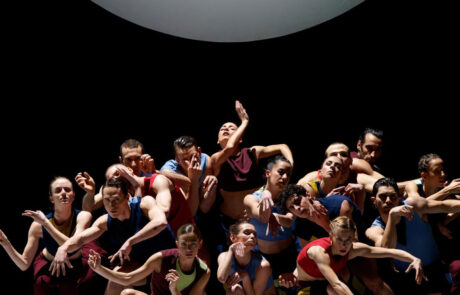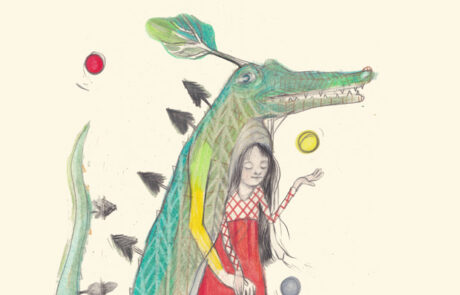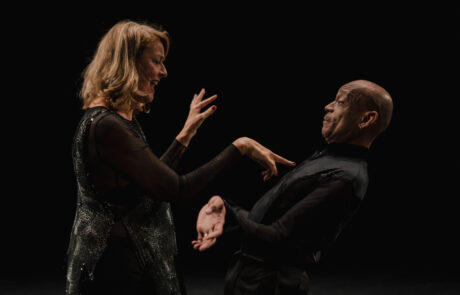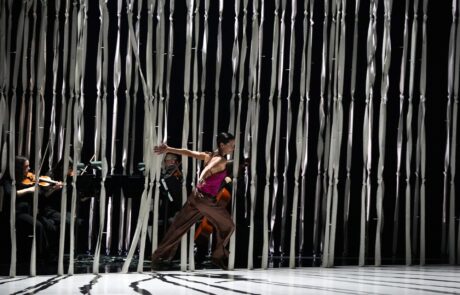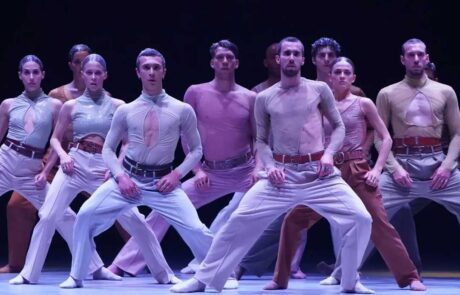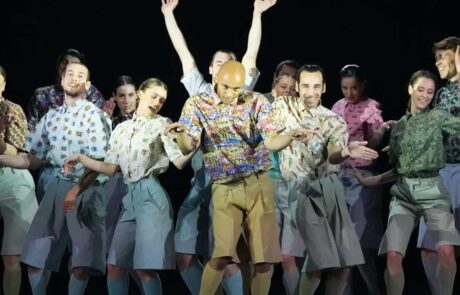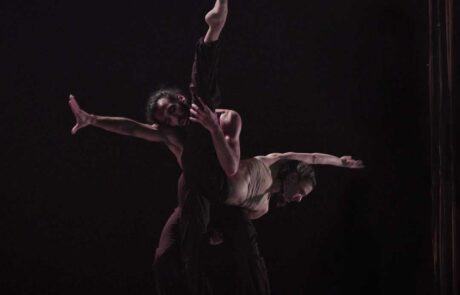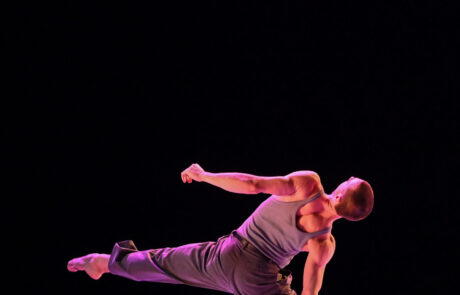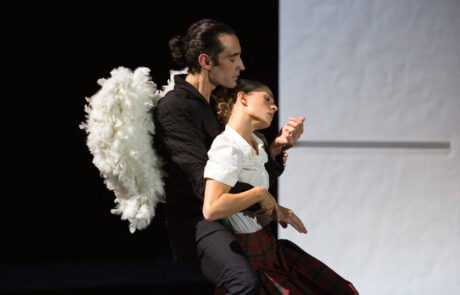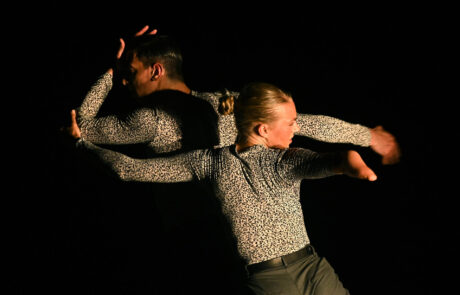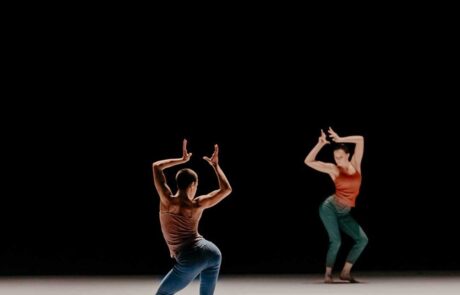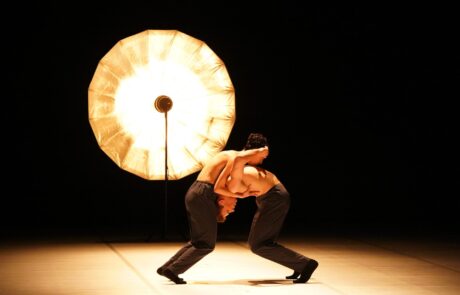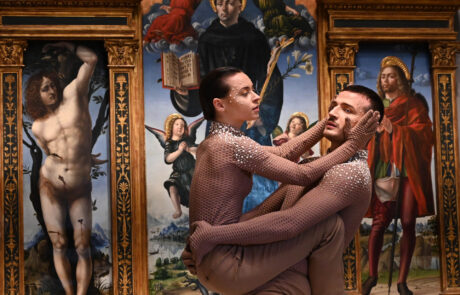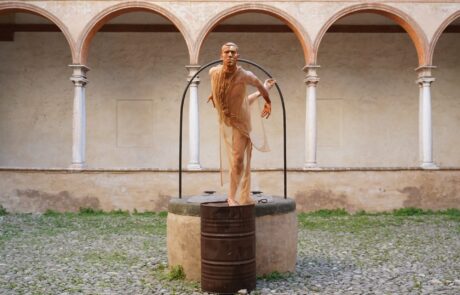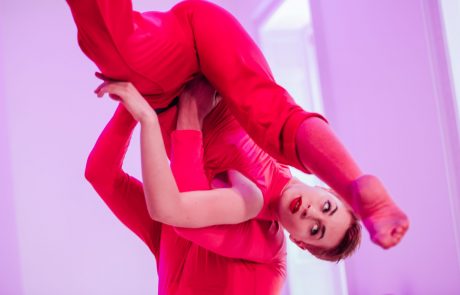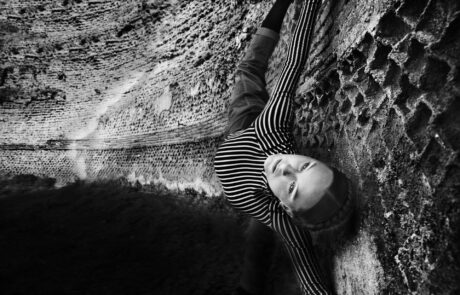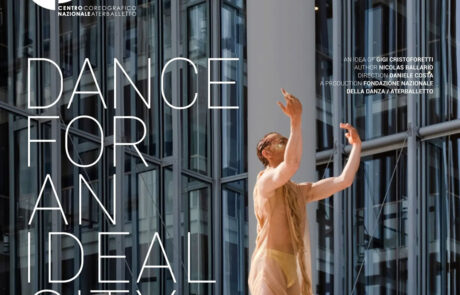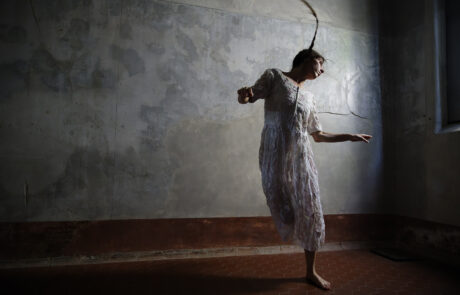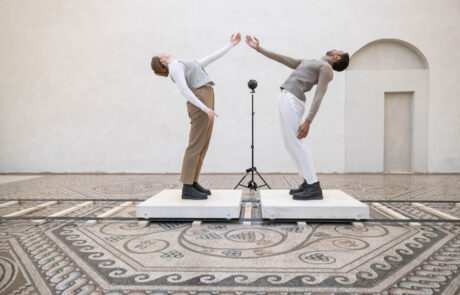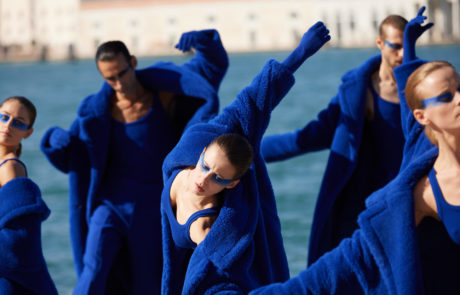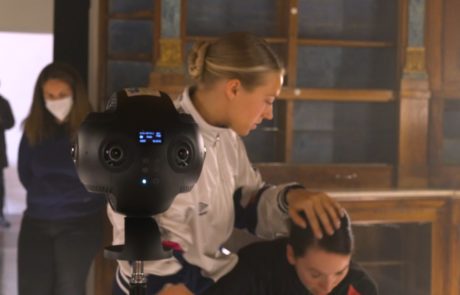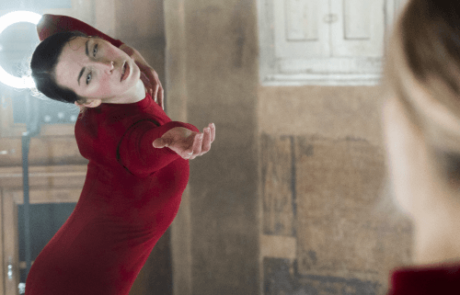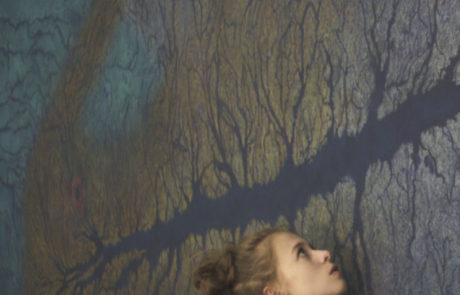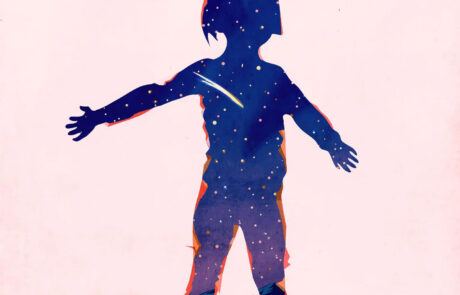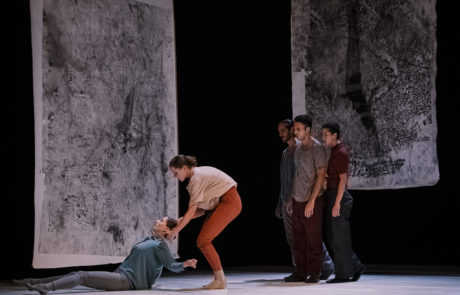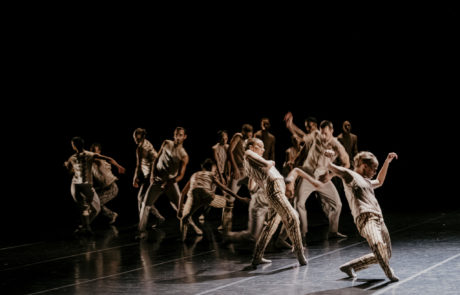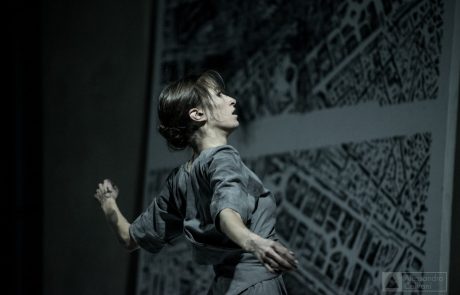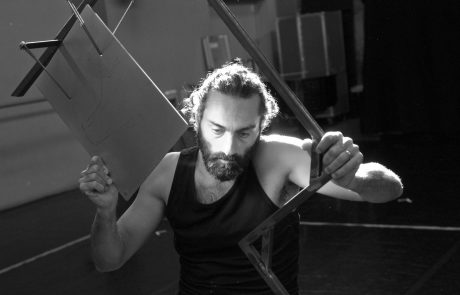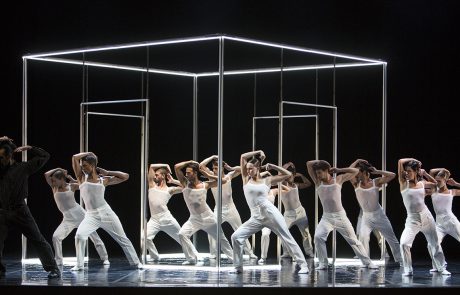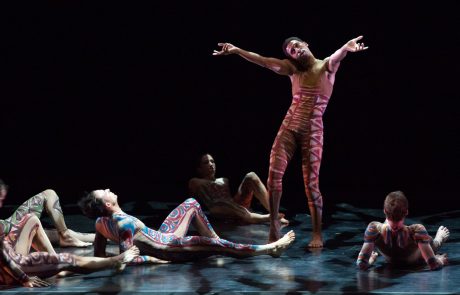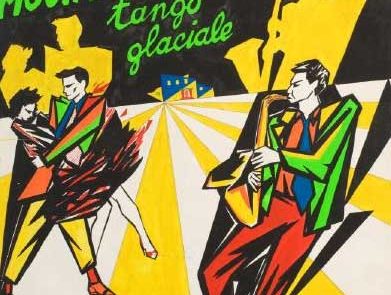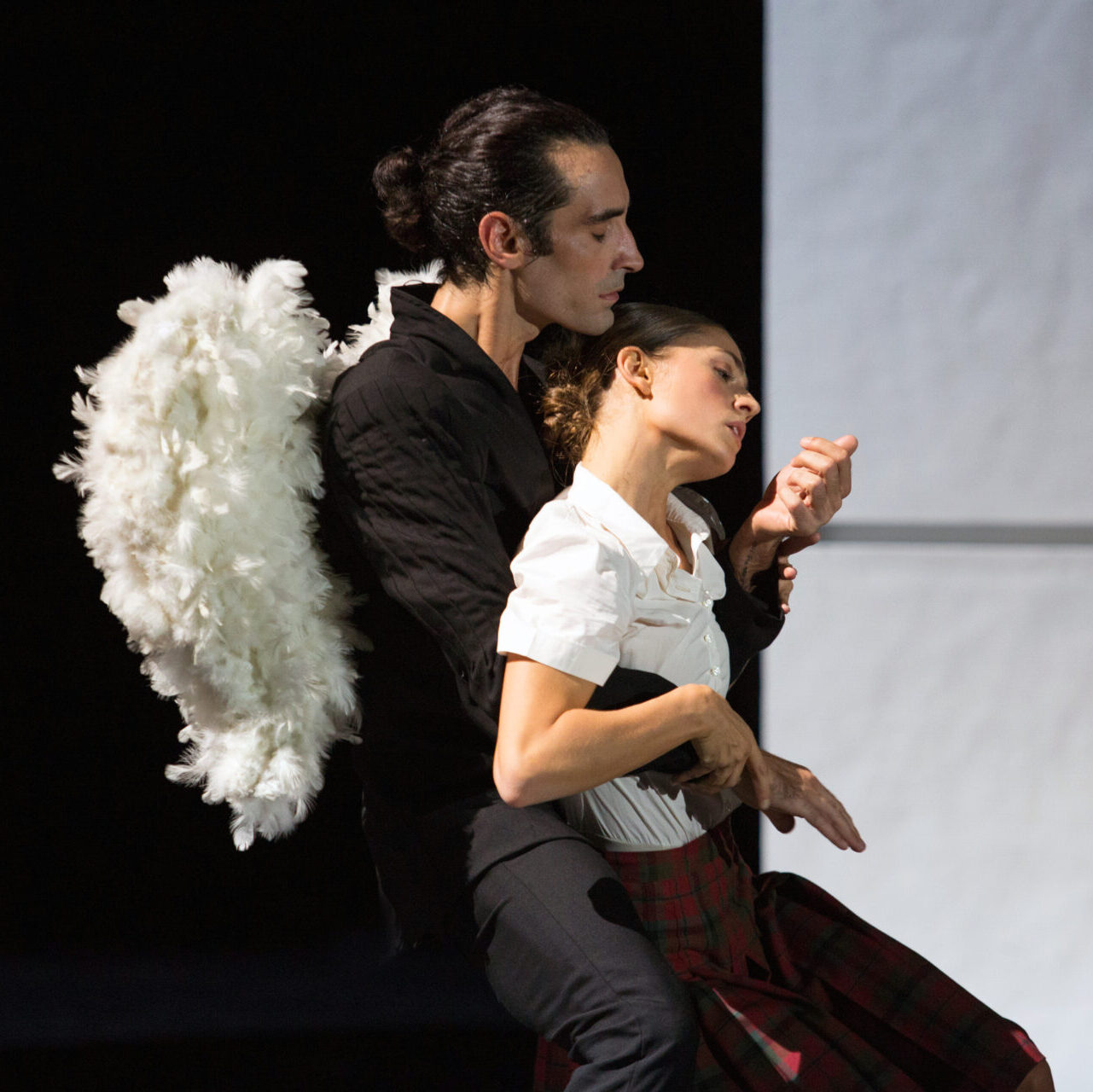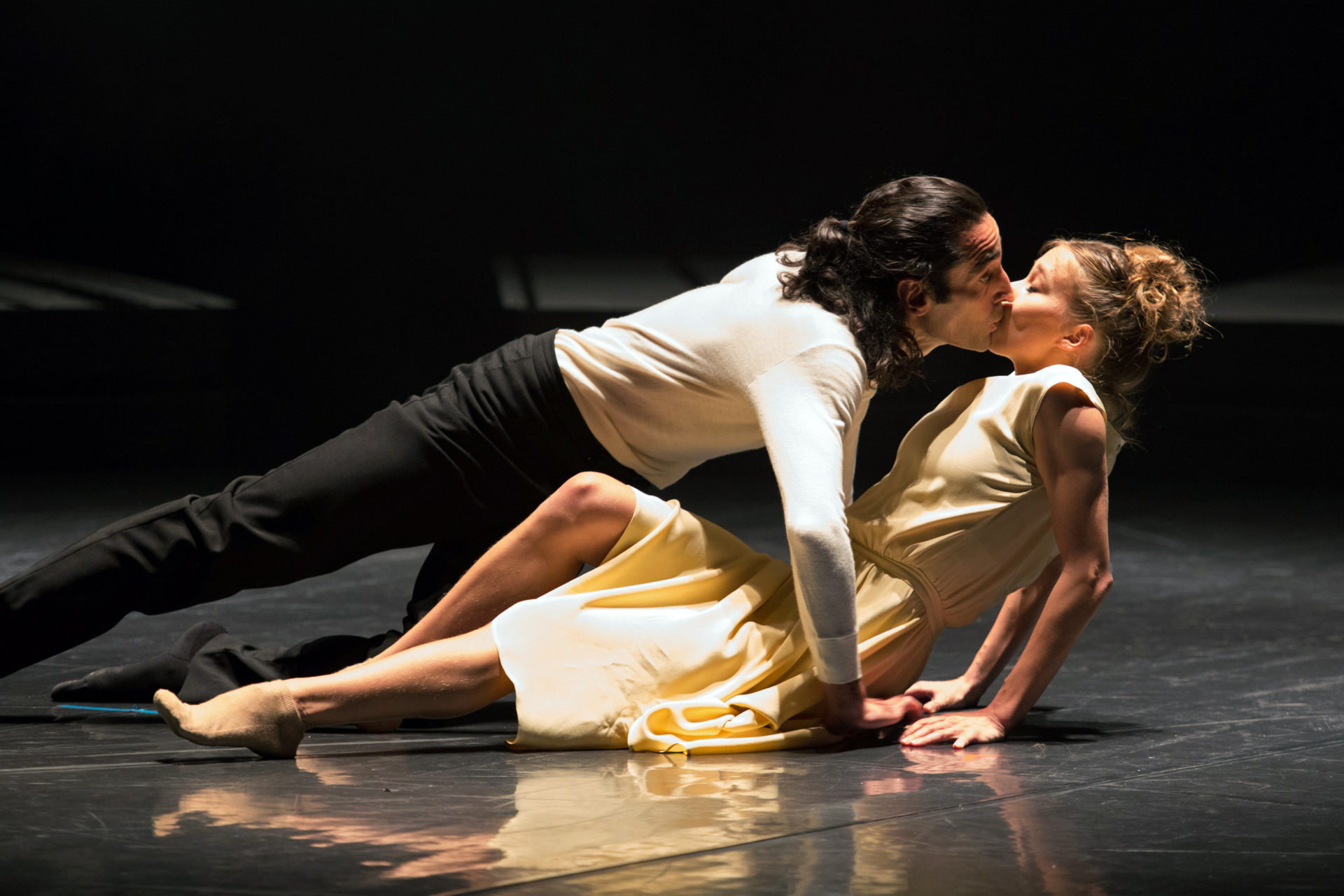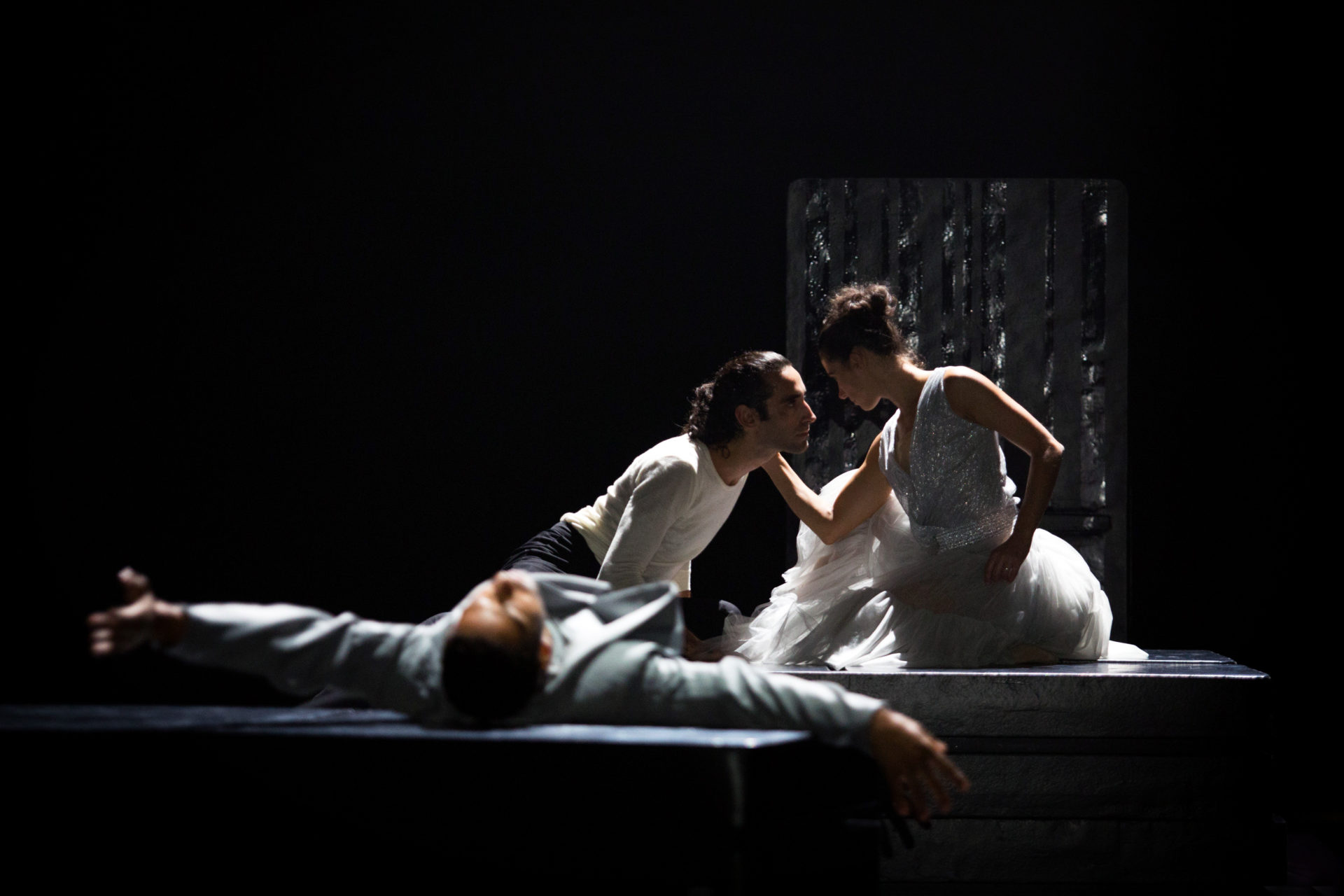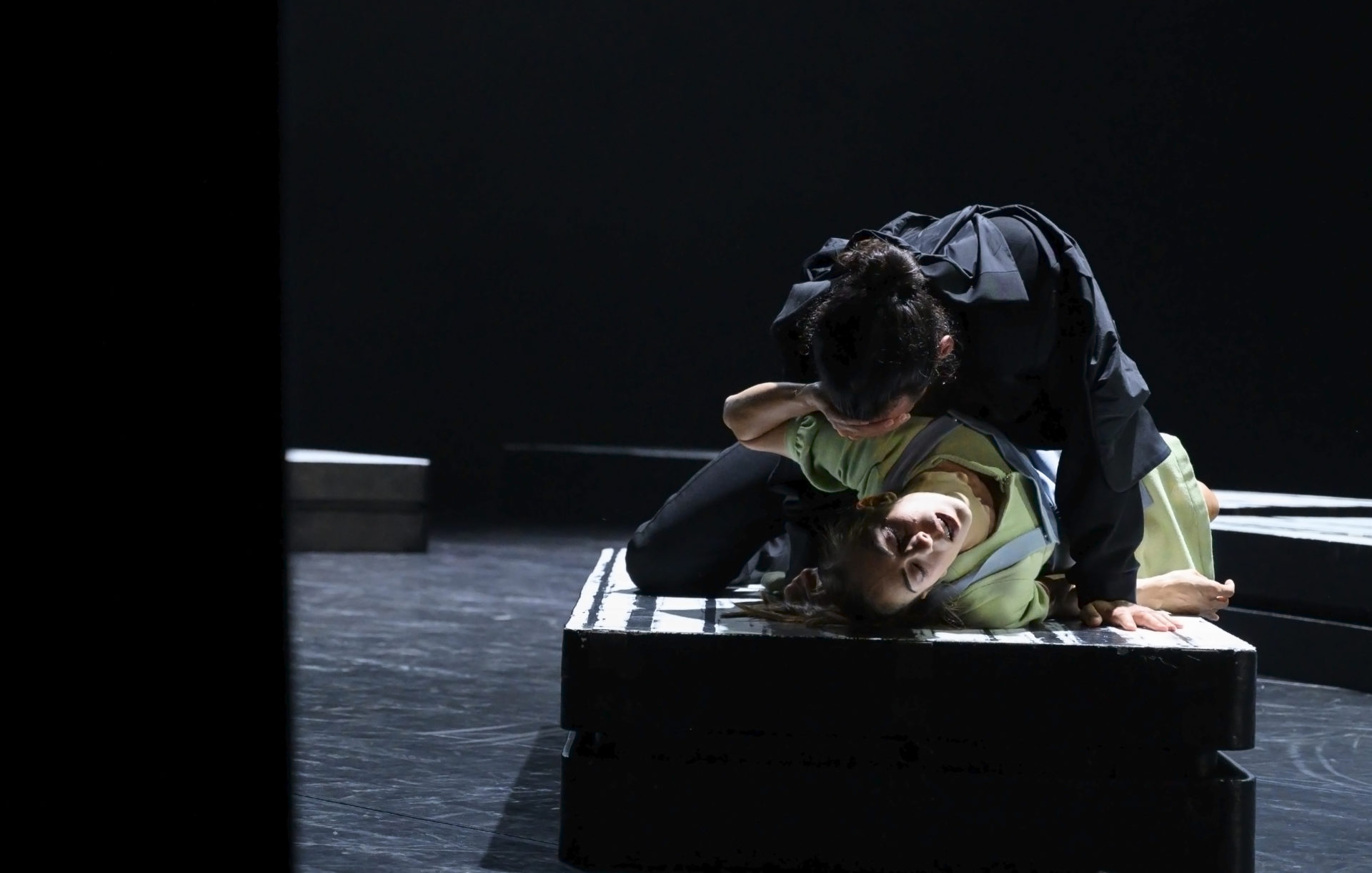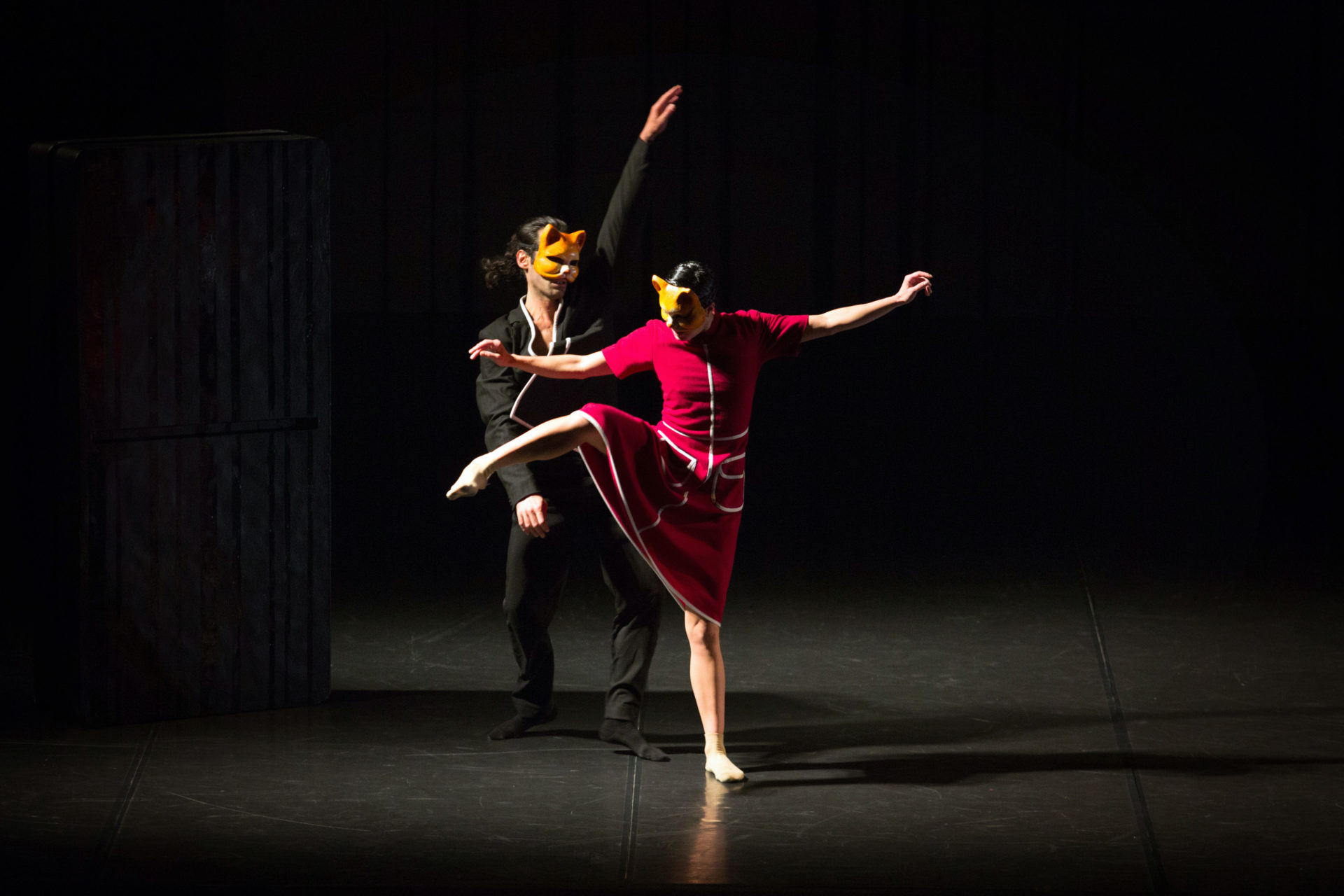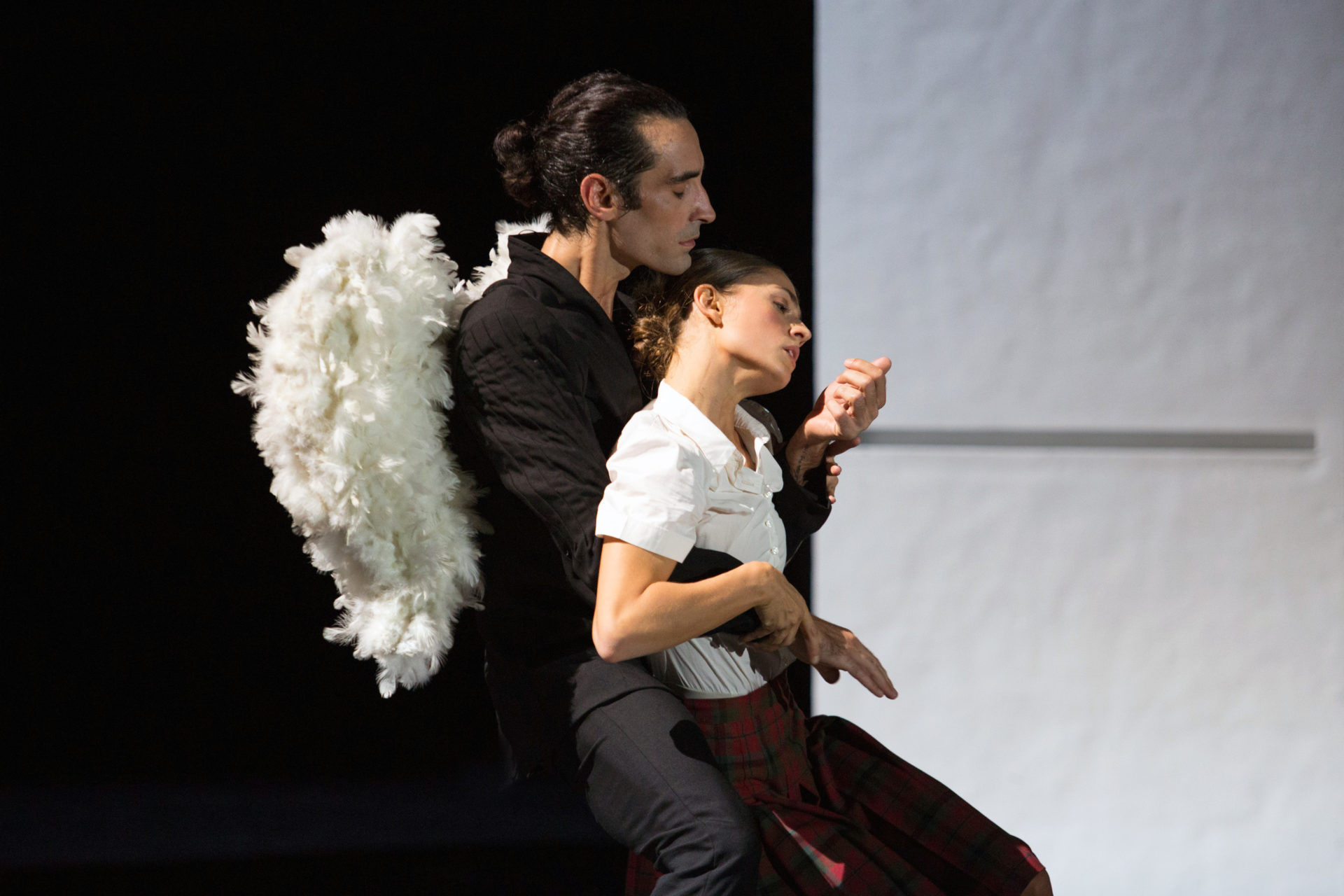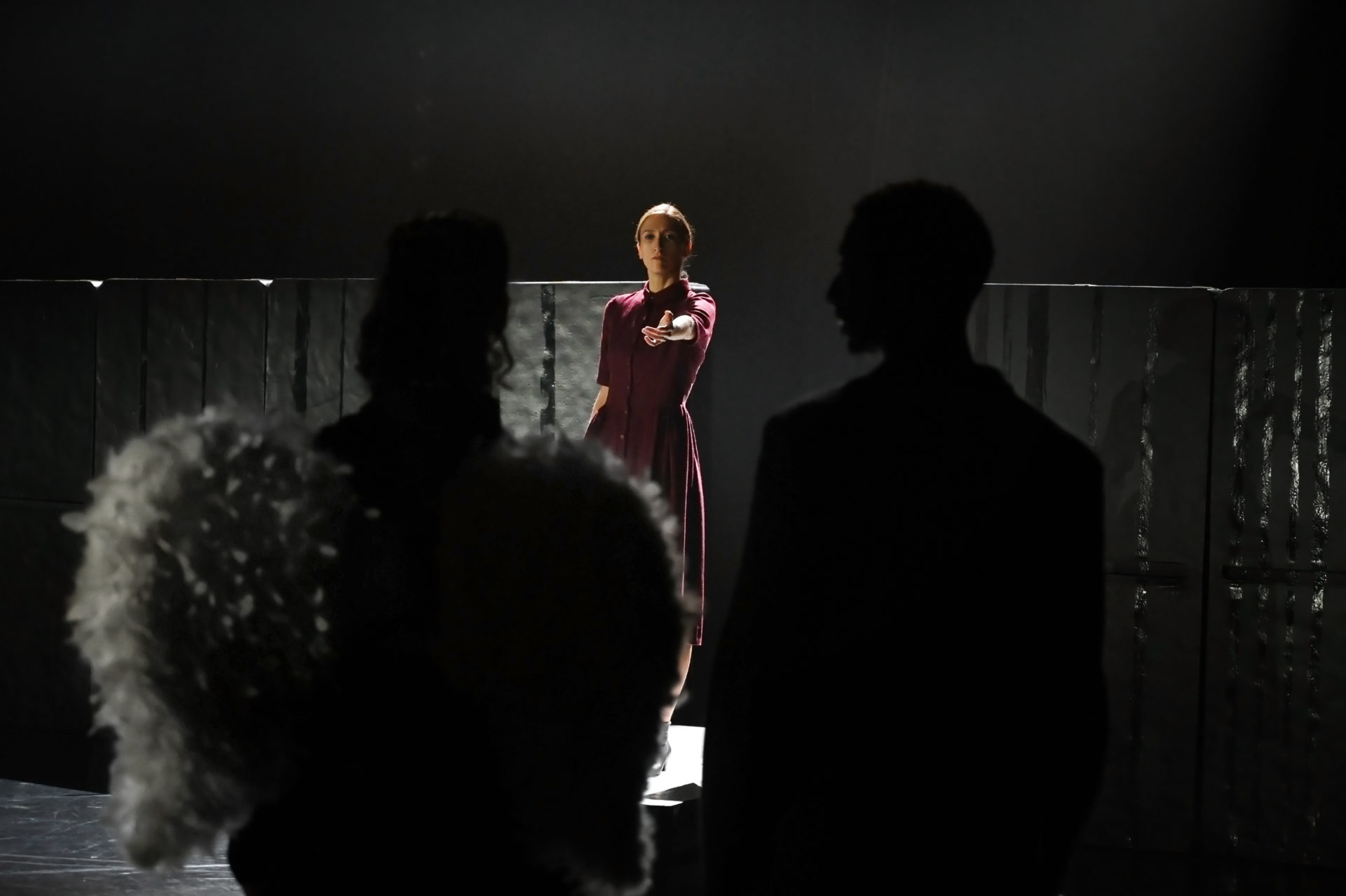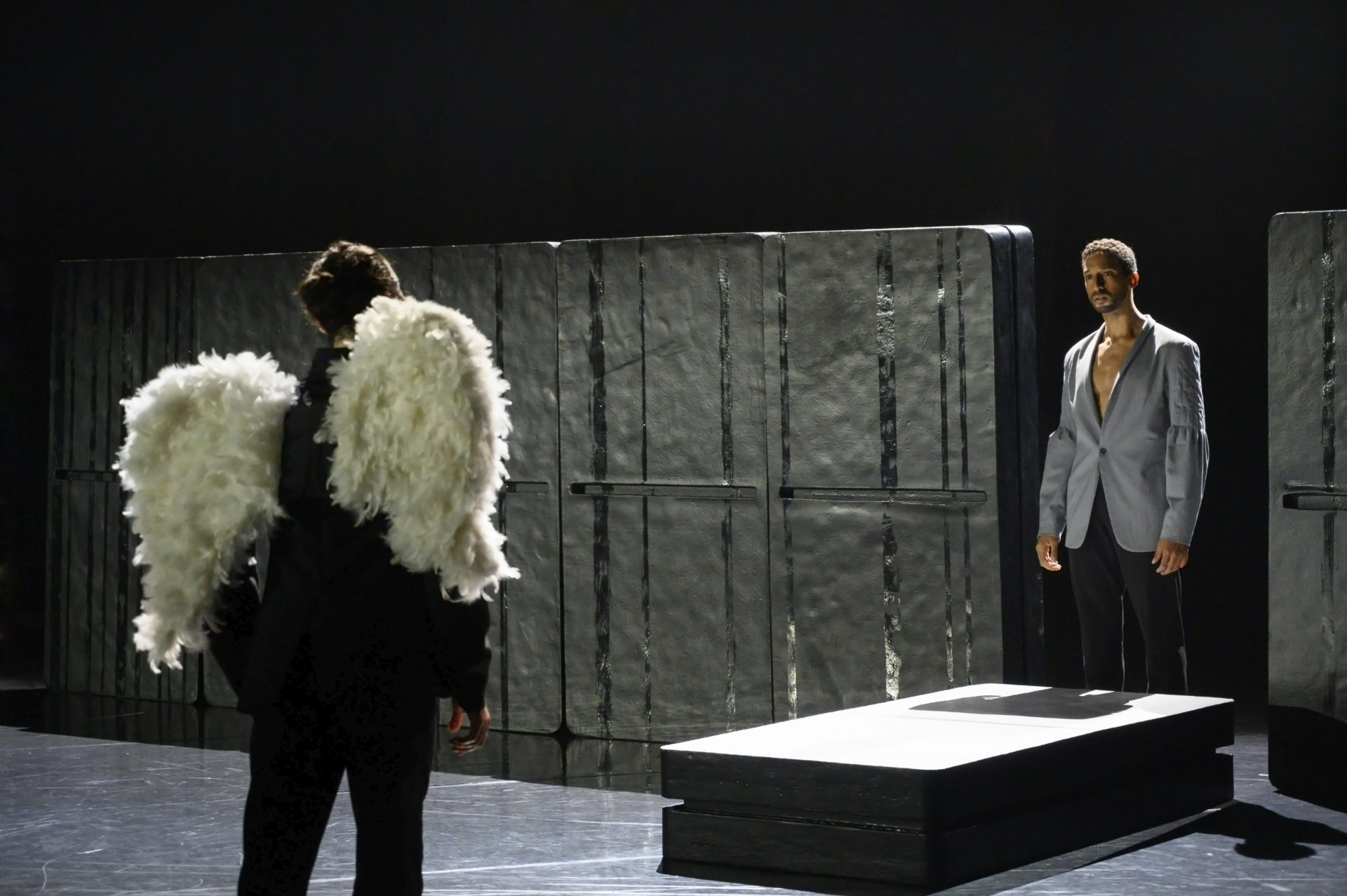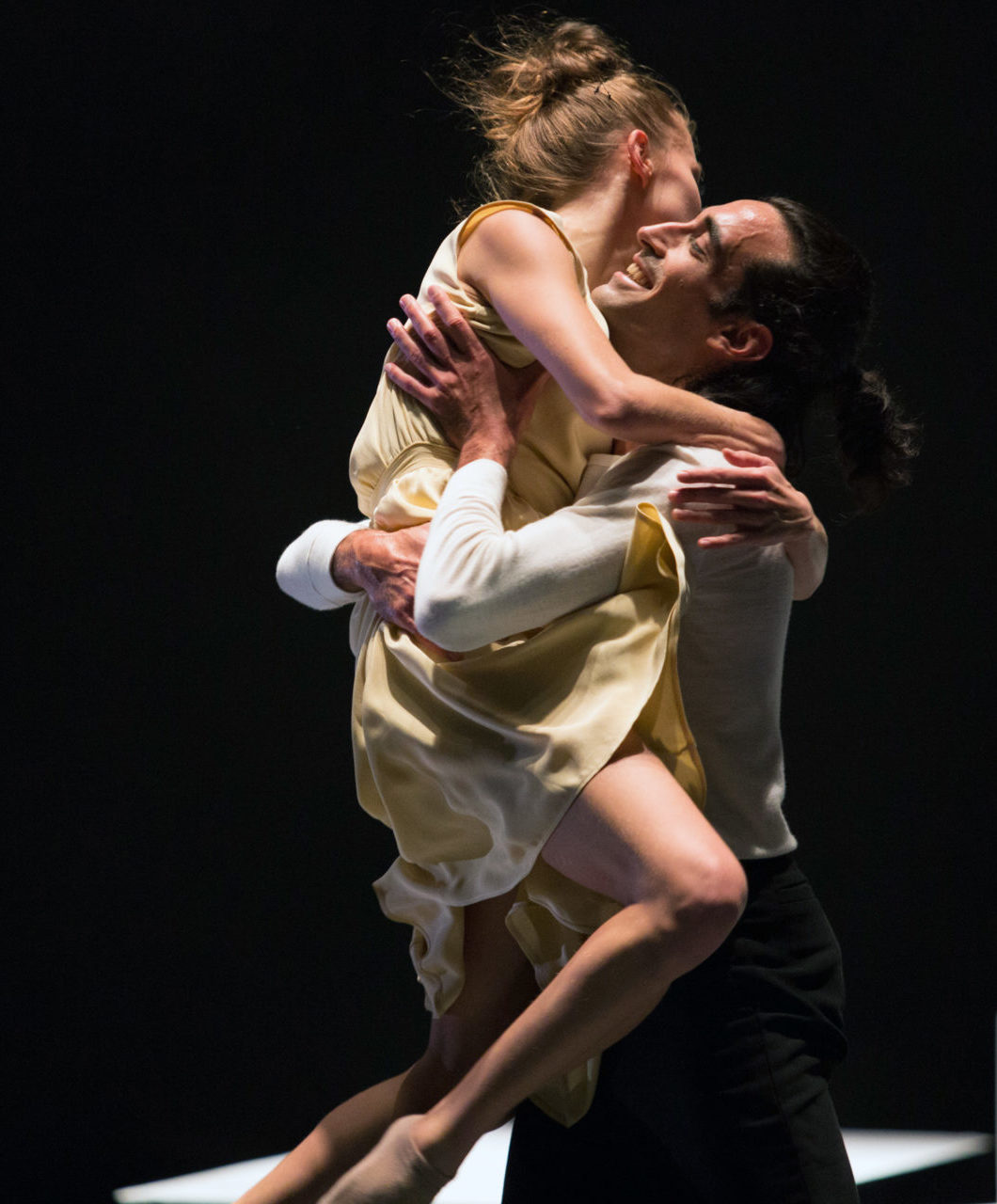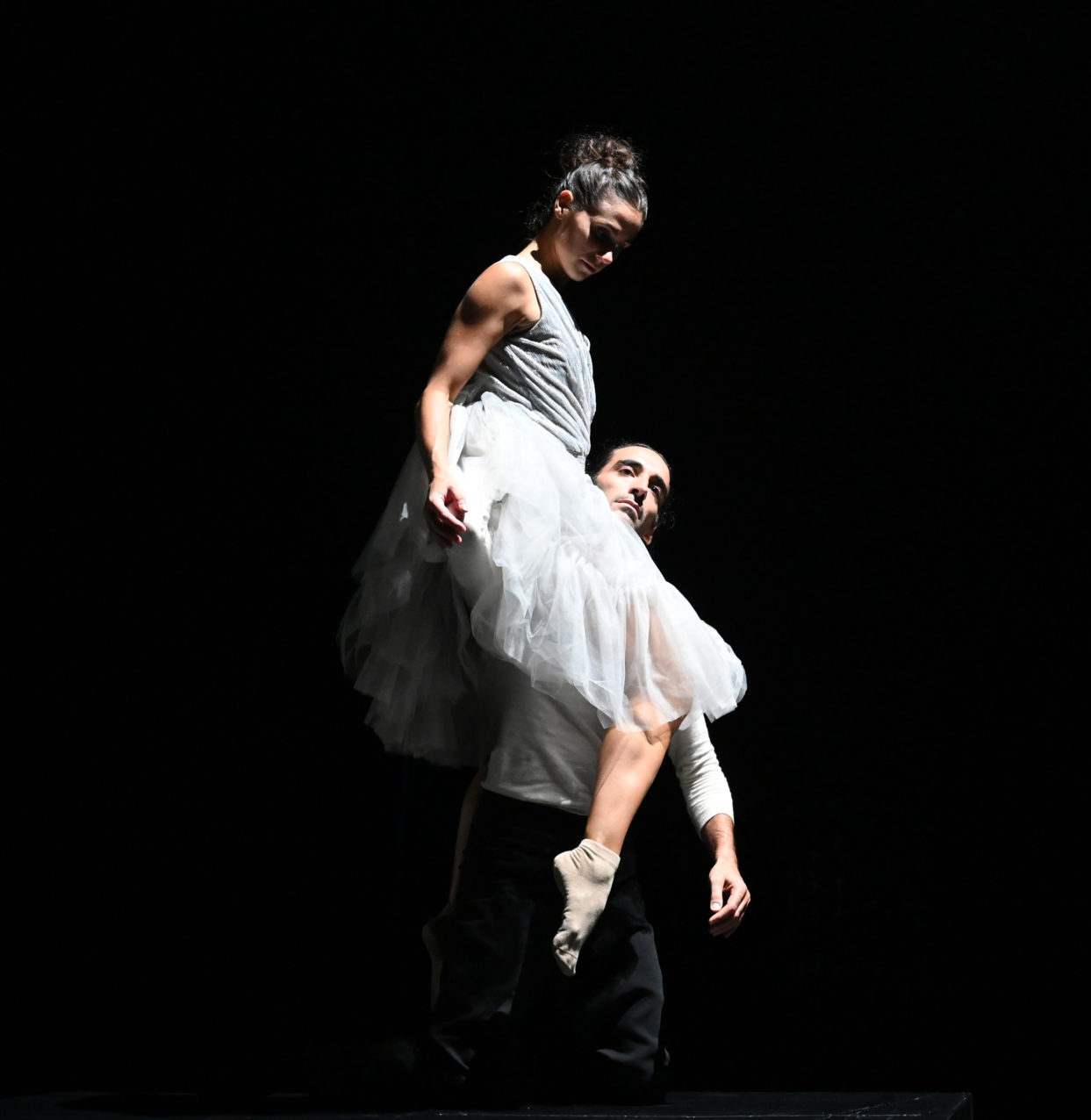Inger uses movement to dig into the innermost human feelings and lay out a convincing dance story, frame after frame. His plot is immediately readable, and Aterballetto shines in all its splendor.
Maria Luisa Buzzi, Danza&Danza, December 2020
Danza&Danza Award “Best Production” 2020
Choreography Johan Inger
Original music composition Marc Álvarez, orchestrated and directed by MANUEL BUSTO with ORQUESTA DE EXTREMADURA
Dramaturg Gregor Acuña-Pohl
Set design Curt Allen Wilmer (aapee) with estudiodeDos
Costume design Bregje van Balen
Lighting design Fabiana Piccioli
Set and stage Director Carlo Cerri
Assistant to the choreographer Yvan Dubreuil
Duration 90′ – A full evening creation for 16 dancers of the company
Production Fondazione Nazionale della Danza / Aterballetto
Coproduction Ravenna Festival, Fondazione I Teatri di Reggio Emilia/ Festival Aperto, Fondazione Teatro Regio di Parma, Associazione Sferisterio Macerata, Festspielhaus St. Poelten, Teatro Stabile del Veneto, Fondazione Teatro Metastasio di Prato, Centro Teatrale Bresciano, Fondazione Cariverona – Circuito VivoTeatro (Teatro Ristori di Verona, Teatro Comunale di Belluno, Teatro Salieri di Legnago, Teatro Comunale di Vicenza, Teatro delle Muse di Ancona)
Première 9th October 2020, Ferrara – Teatro Comunale (I)
Preview 6th October 2020, Reggio Emilia – Festival Aperto, Teatro Municipale Valli
original music composition Marc Álvarez
orchestration and conduction Manuel Busto
recording Fundación Orquesta de Extremadura

violins Angela Moscalu, Nerses Avakimyan, Javier Borreguero, Imanol Cortés, Liana Gorgan, Fabián Romero, Susana Pérez, Marco Scalvini, Alexey Vinokurov, Liuba Vinokurov, María Balaguer, Ambrosio Castillo, Mª Pilar Martínez, Daria Ivanova, Liudmila Paladi, Ángeles Sota, Fernando Jose Pina, Dmitry Kolesnikov, Arabela De Miguel, Natalia M. Callejo
violas Viorel Tudor, Viorel Moscalu, Irina Banova, Jelena Spasovic, Malgorzata Dzieciol, David Tejeda
cellos Alegría Solana, David Barona, José Miguel Sancho, Enrique Hoyo, Mihaela Zare, Elena Domínguez
double basses Miguel Á. Rodríguez, Federico Esteve, Gonzalo Bordes, Enric Rigau
flutes Beñat Arrieta, Jessica Crutzen
oboes José Martí, José Á. Ruiz
clarinets José J. Gasulla, Antonio Parejo
bassoons Fernando Cuéllar, Alberto Amado
horns Lorena Corma, Xulio Varela, Gustavo Castro
trumpets Sergio Novella, Salvador Ibáñez
trombon Jaime Hidalgo
timpani Víctor Segura
percussions Miguel Á. Real, Armando Capilla
piano Juan Fernando Díaz
Don Juan is a full-length production of Fondazione Nazionale della Danza / Aterballetto, conceived and made real by Johan Inger, which will involve a wide range of top theatres and festivals.
The show is born from Inger’s desire to “face” Don Juan/Don Giovanni, an ancient and still contemporary, truly paradigmatic myth. Some of the works that inspired the choreographer are Tirso de Molina’s original comedy and the plays by Molière, Bertold Brecht and Suzanne Lilar. Inger, together with the playwright Gregor Acuña-Pohl, thoroughly read twenty-five different texts inspired by Don Juan.
This Don Juan features all the characters of the story, from Doña Elvira to Doña Ana to Zerlina and Masetto. The Don Juan is a Kammerspiel, where the dance is a magnifying glass for each of the characters revealing in a refined and clear way the inner world of men and women on stage.
Even more important than that, however, is the connection with the contemporary world, drawing a world inhabited by a character who makes a journey through loneliness without escaping the shallowness that seems to be the distinctive character of this day and age. And relevant issues take shape on the background, such as the complexity of dialogue between men and women.
Inger especially interprets Leporello and the Commendatore in an original way. Leporello is no longer the servant of Don Giovanni, but represents another aspect of his persona, thus transposing on stage the dichotomy freedom/sense of guilt, enhanced by the lighting design by Fabiana Piccioli: this idea is inspired by many sources, ranging from Wilde’s Dorian Gray and Fight Club by Chuck Palahniuk. The figure of the Commendatore, on the other hand, is transposed into Don Juan’s mother, thus adding a psychoanalytic and Freudian perspective. Every time Don Juan, the “serial lover” encounters a woman he is actually looking for his mother and for this reason he cannot truly commit to any relationship.
The 16 dancers of Aterballetto will tell the story of Don Juan in a single act, to an original score by Marc Álvarez created for the occasion that can potentially be played live by an orchestra and immersed in a neutral scenic space, curated by Curt Allen Wilmer with no geographical or historical connotation: a labyrinth of black and white blocks moved on sight by dancers. Costumes, on the other hand, will have well defined traits thanks to the visual creativity of Bregje van Balen.
